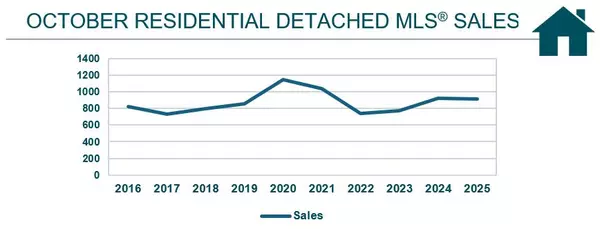3 Types of Real Estate Markets - Conditions, and Trends That Shape Home Prices
The Different Types of Real Estate Markets Real estate isn’t defined by a single “good” or “bad” moment. Instead, the market moves through cycles shaped by supply, demand, economic conditions, and buyer sentiment. Whether you're buying, selling, or simply staying informed, understanding these market
Real Estate Market Statistics Around Winnipeg and Surrounding Areas for October 2025
Winnipeg Real Estate Market Update – October 2025 The Winnipeg Regional Real Estate Board’s October 2025 report provides a snapshot of steady growth in property values, modest sales activity, and regionally varied trends across housing types.While overall prices and dollar volume continue to rise, s
When Is the Best Time to Sell Your Home?
How to Choose the Most Beneficial Time to List Your Home If you’re wondering when is the best time to sell your home in Winnipeg, you’re not alone. Timing the sale of your home can make a major difference in how quickly it sells and how much you earn. The truth is, there’s no single “perfect” month

Tara Zacharias
Phone:+1(204) 293-0933



